McDonald’s golden fries are more than just a side dish – they’re a global phenomenon that has captured taste buds for decades. Behind those perfectly crispy, salty strips lies a fascinating world of culinary science, business strategy, and surprising ingredients.
From secret flavor enhancers to billion-dollar potato partnerships, the story of these famous fries reveals incredible attention to detail that most customers never imagine.
1. Natural Beef Flavor Secret
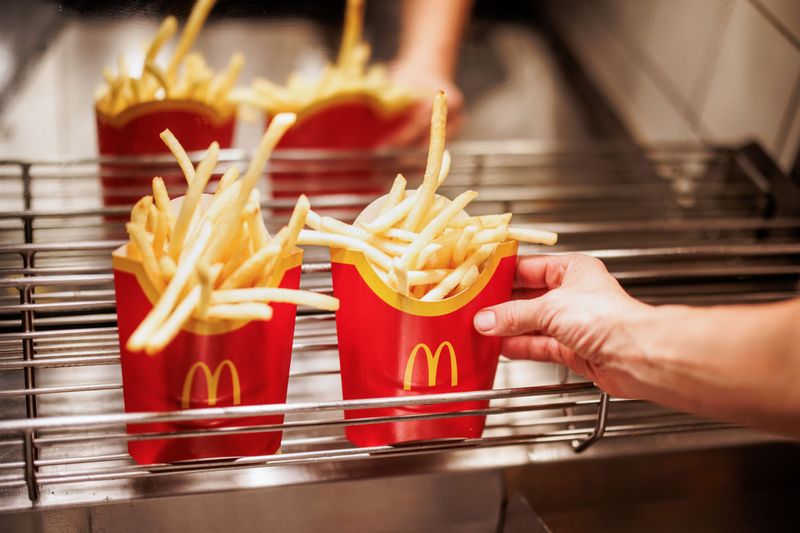
Wheat and milk derivatives create the signature taste that makes McDonald’s fries so addictive. Originally, the chain cooked their fries in beef tallow, giving them an unmistakable meaty flavor.
When they switched to vegetable oil in 1990 for health reasons, customers noticed the difference immediately. Sales actually dropped because people missed that familiar taste.
McDonald’s food scientists worked tirelessly to recreate the original flavor using natural beef flavoring derived from wheat and milk proteins. This clever solution maintains the beloved taste while using healthier cooking oils.
2. The 17-Ingredient Formula
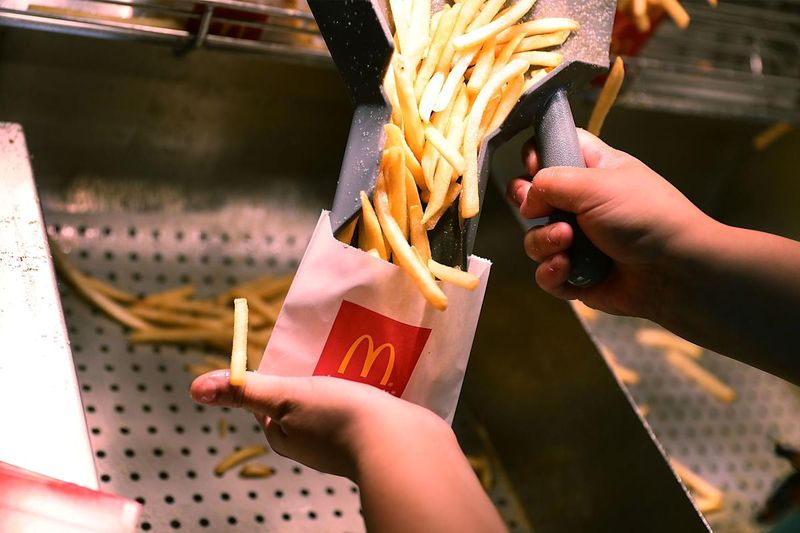
Potatoes might seem simple, but McDonald’s fries contain 17 different ingredients to achieve perfection. Beyond potatoes and oil, the list includes dextrose, sodium acid pyrophosphate, and dimethylpolysiloxane.
Each ingredient serves a specific purpose in creating the ideal fry experience. Dextrose helps achieve that golden color, while sodium acid pyrophosphate prevents the potatoes from turning gray during processing.
Dimethylpolysiloxane, also found in silly putty, acts as an anti-foaming agent during cooking. While this might sound concerning, the FDA considers all these ingredients safe for consumption in food products.
3. Russet Burbank Potato Monopoly
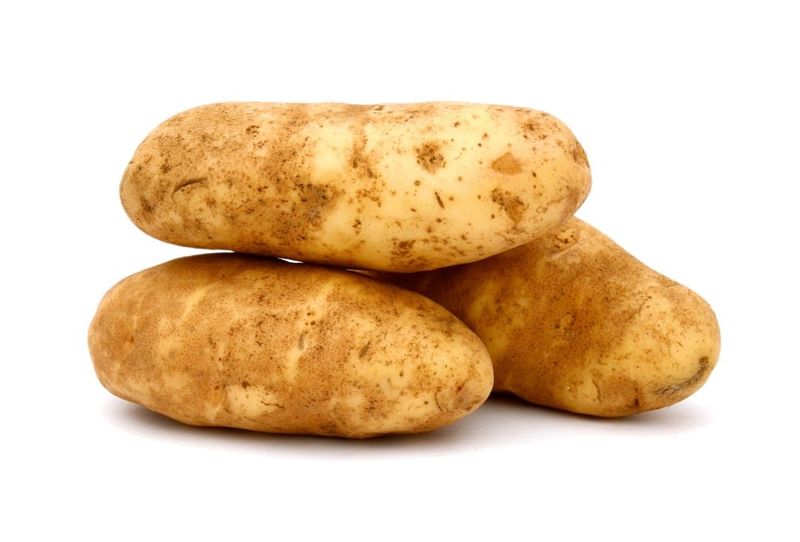
McDonald’s exclusively uses Russet Burbank potatoes, creating a massive agricultural empire. These specific potatoes must meet strict requirements: they need to be exactly the right length, width, and sugar content.
Farmers sign contracts years in advance to grow potatoes specifically for McDonald’s. The company even provides seeds and detailed growing instructions to ensure consistency across all locations worldwide.
This partnership has made McDonald’s one of the largest potato buyers in the world. Their standards are so precise that they reject potatoes that don’t meet their exact specifications, sometimes leaving farmers with unusable crops.
4. The Blanching Process Mystery
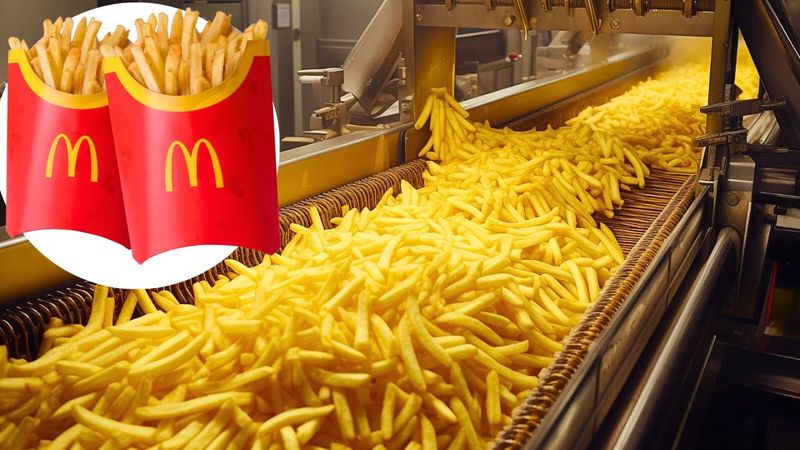
Pre-cooking at the processing plant ensures every fry tastes identical worldwide. Raw potatoes get blanched in boiling water for several minutes before being flash-frozen and shipped to restaurants.
This blanching process removes excess sugars that could cause uneven browning during the final cooking stage. Without this step, some fries would turn dark brown while others remained pale and undercooked.
The blanching also partially cooks the potato interior, creating that fluffy texture customers expect. When restaurants receive these pre-processed fries, they only need to finish cooking them in oil for the perfect golden exterior and soft inside.
5. Salt Timing Science
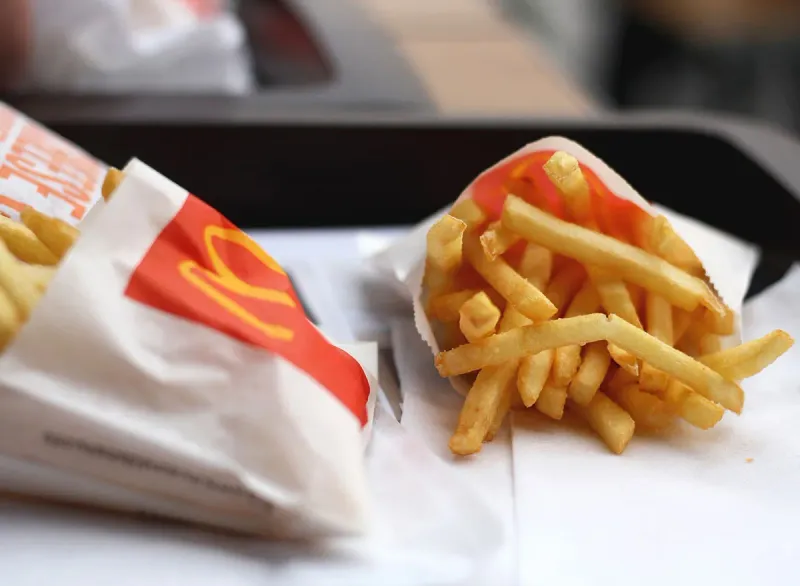
Timing salt application determines whether it sticks properly to create that perfect salty bite. McDonald’s employees must salt the fries within seven seconds of removing them from the oil fryer.
Hot oil creates the perfect surface for salt crystals to adhere without falling off. Wait too long, and the salt simply slides off the cooled fries onto the bottom of the container.
Training videos emphasize this crucial seven-second window because improperly salted fries lead to customer complaints. The salt distribution must be even, ensuring every fry delivers the same satisfying salty crunch that keeps customers coming back for more.
6. Temperature Control Obsession
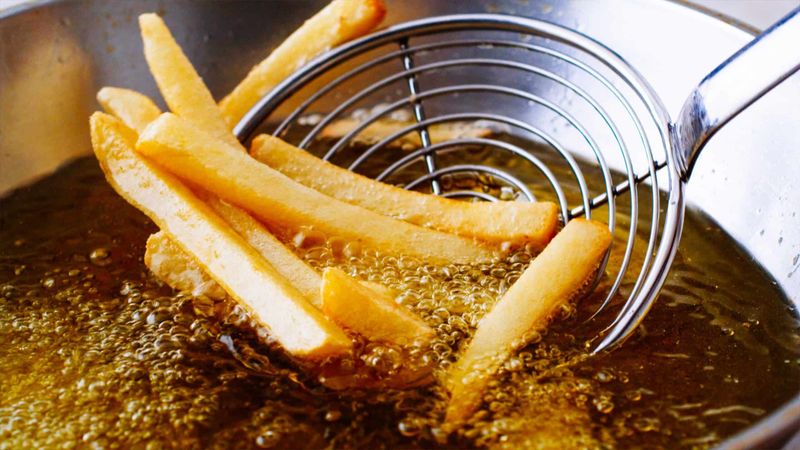
Exact oil temperature makes the difference between soggy disappointment and crispy perfection. McDonald’s maintains their fryer oil at precisely 347 degrees Fahrenheit, not a degree higher or lower.
Too hot, and the outside burns while the inside remains raw. Too cool, and the fries absorb excess oil, becoming greasy and unappetizing instead of light and crispy.
Restaurant managers check oil temperatures multiple times daily using calibrated thermometers. Digital systems now monitor temperatures automatically, alerting staff when adjustments are needed to maintain that perfect cooking environment for consistently excellent fries.
7. The Double-Fry Method
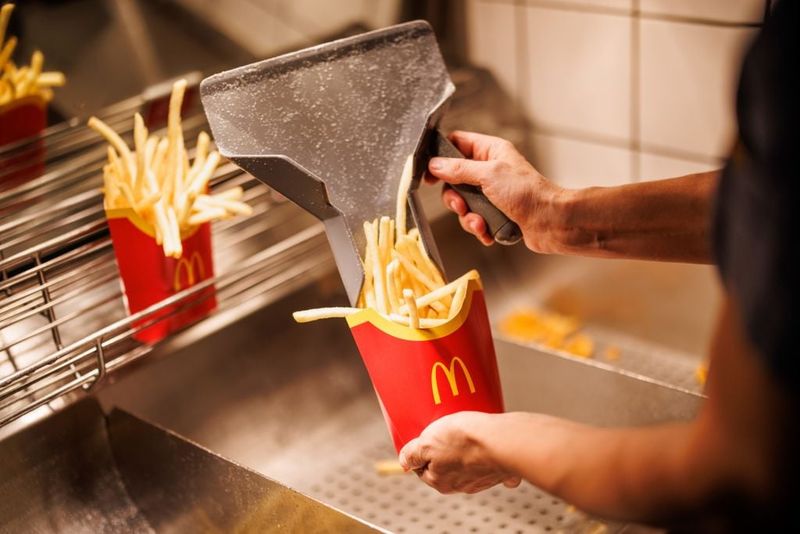
Two separate cooking stages create the perfect contrast between crispy exterior and fluffy interior. The first fry happens at a lower temperature to cook the potato through without browning the outside.
After cooling, the second fry at higher temperature creates that golden, crispy shell everyone loves. This technique prevents the common problem of burnt outsides with raw, hard centers.
Professional chefs have used this double-fry method for centuries, but McDonald’s perfected it for mass production. The timing between the two frying stages is crucial – too long and the potatoes dry out, too short and they won’t achieve proper texture.
8. Freezing Technology Revolution
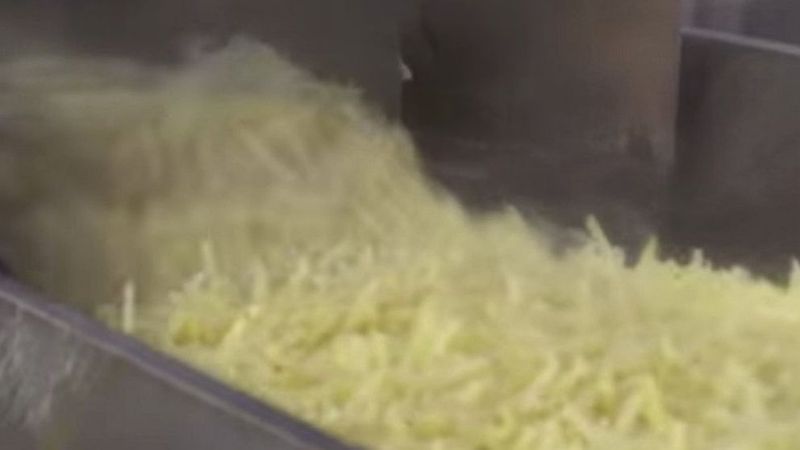
Flash-freezing technology allows McDonald’s to maintain consistency across 40,000 restaurants worldwide. Liquid nitrogen freezes the pre-cooked fries in minutes, locking in flavor and texture.
Before freezing technology, restaurants had to cut and prepare fresh potatoes daily. This created huge variations in taste, texture, and preparation time between different locations and shifts.
Frozen fries eliminated these inconsistencies while dramatically reducing labor costs and food waste. The freezing process also extends shelf life significantly, allowing McDonald’s to distribute fries globally while maintaining their signature taste and quality standards.
9. The Golden Ratio Cut
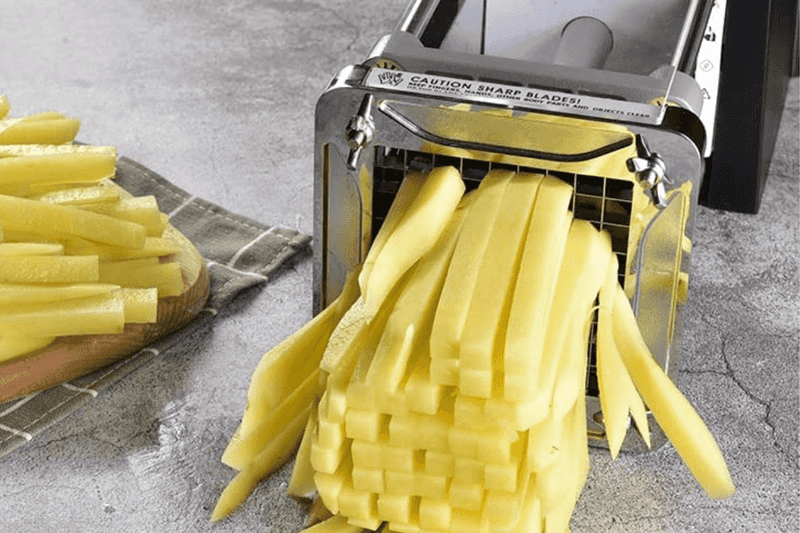
Mathematical precision determines the perfect fry dimensions for optimal cooking and eating experience. McDonald’s fries must measure exactly 2.5 to 3.5 inches long and maintain consistent thickness throughout.
Shorter fries cook too quickly and become overcooked, while longer ones cook unevenly with burnt ends and raw middles. The width affects surface area, which impacts both cooking time and salt adherence.
Automated cutting machines slice thousands of potatoes hourly to these exact specifications. Quality control teams regularly measure random samples to ensure every batch meets these strict dimensional requirements before processing continues.
10. Oil Blend Engineering
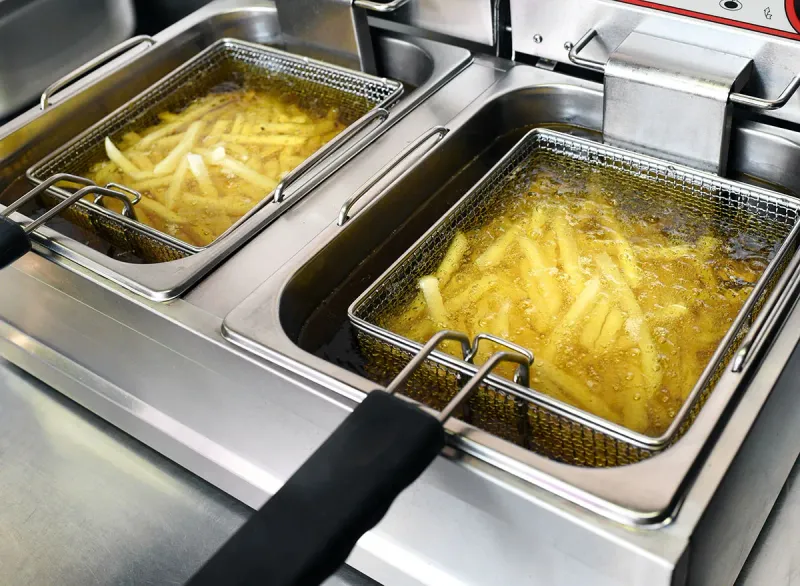
Four different oils combine to create the perfect frying medium for McDonald’s famous texture and taste. Canola oil provides the base, while corn, soybean, and hydrogenated soybean oils add specific properties.
Each oil contributes unique characteristics: canola for neutral flavor, corn for browning properties, and soybean for texture enhancement. The precise ratios remain a closely guarded trade secret.
Oil chemistry affects everything from cooking temperature stability to final taste and shelf life. McDonald’s food scientists spent years perfecting this blend to replace the original beef tallow while maintaining customer satisfaction and operational efficiency.
11. Quality Control Perfection
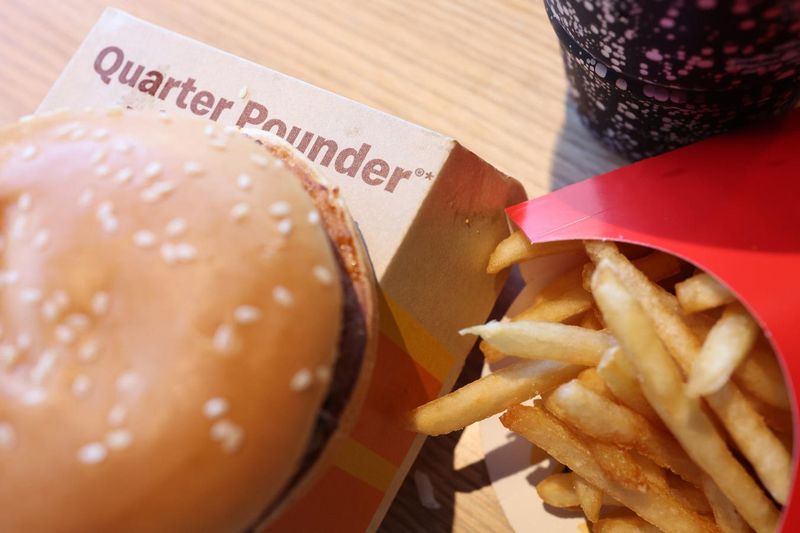
Rigorous testing ensures every batch meets McDonald’s exacting standards before reaching customers. Quality control teams test color, texture, taste, and oil absorption levels multiple times during production.
Color charts help inspectors identify the perfect golden shade that signals proper cooking. Texture tests measure crispiness levels using specialized equipment that mimics human bite force and detection.
Failed batches get discarded entirely rather than risk disappointing customers with substandard fries. This commitment to quality control costs millions annually but maintains the brand reputation that drives billions in sales worldwide.
12. The Holding Time Limit
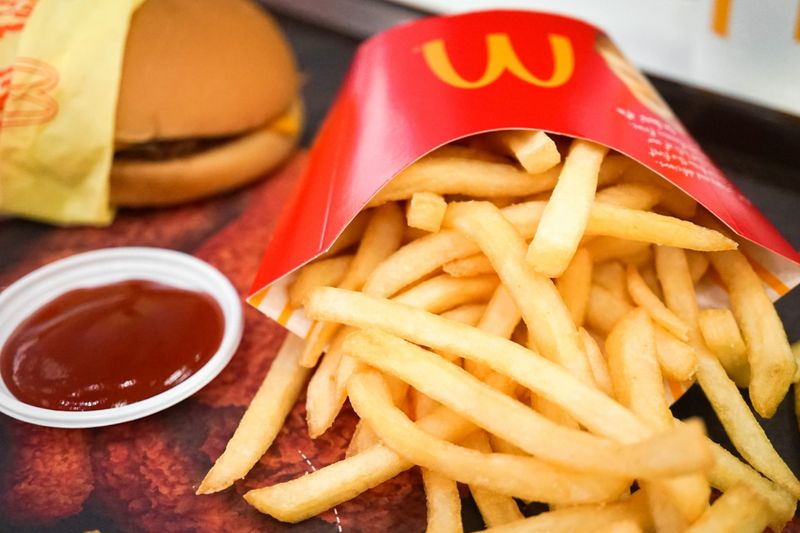
Seven minutes represents the maximum time McDonald’s fries can sit before they must be discarded. Heat lamps keep fries warm, but they gradually lose their signature crispiness and become stale.
Digital timers track exactly when each batch finishes cooking, alerting staff when the seven-minute limit approaches. Restaurants must throw away unsold fries rather than serve inferior products to customers.
This policy costs millions in food waste annually but protects brand reputation and customer satisfaction. Fresh fries drive repeat business, making this expensive quality standard a profitable long-term investment in customer loyalty and brand integrity.
Leave a comment